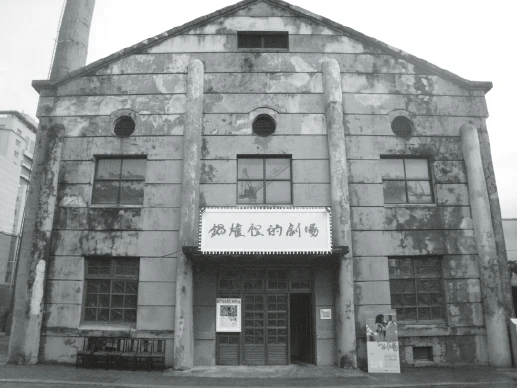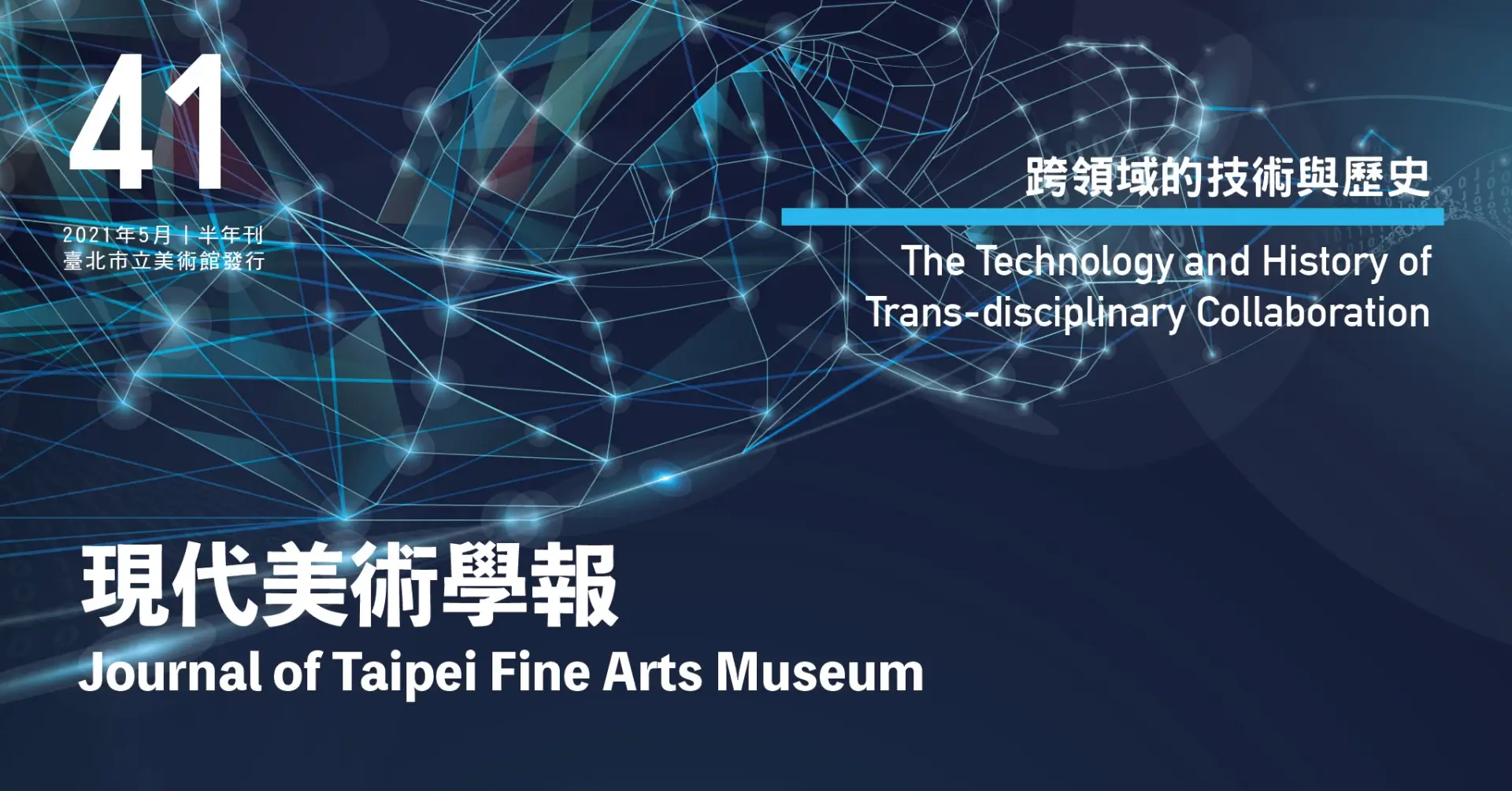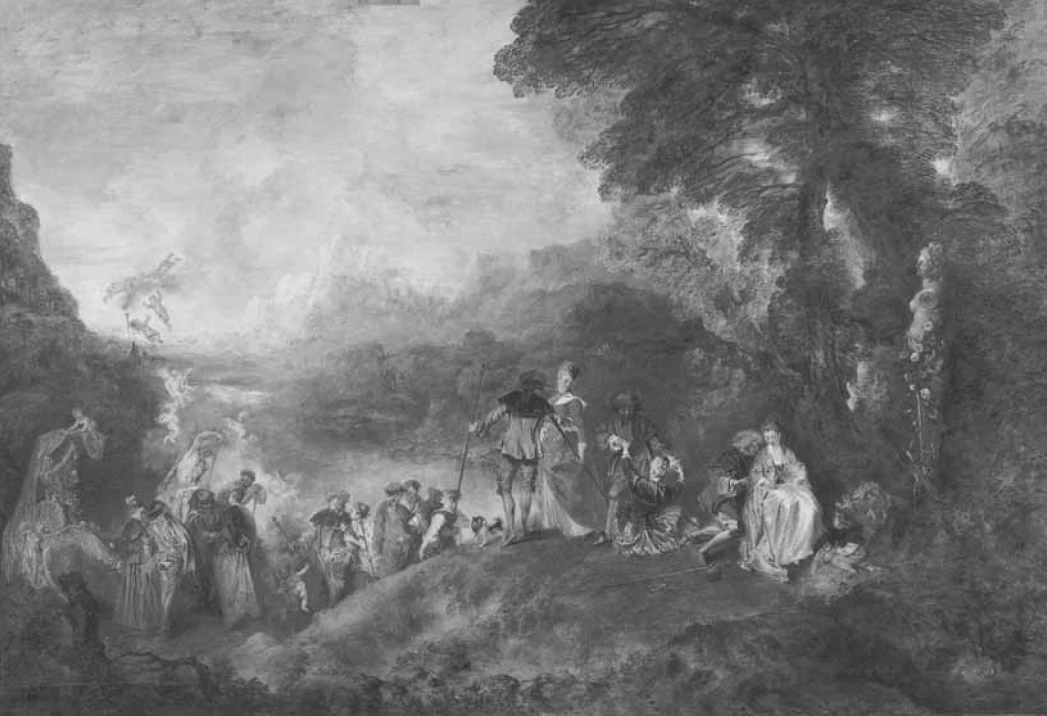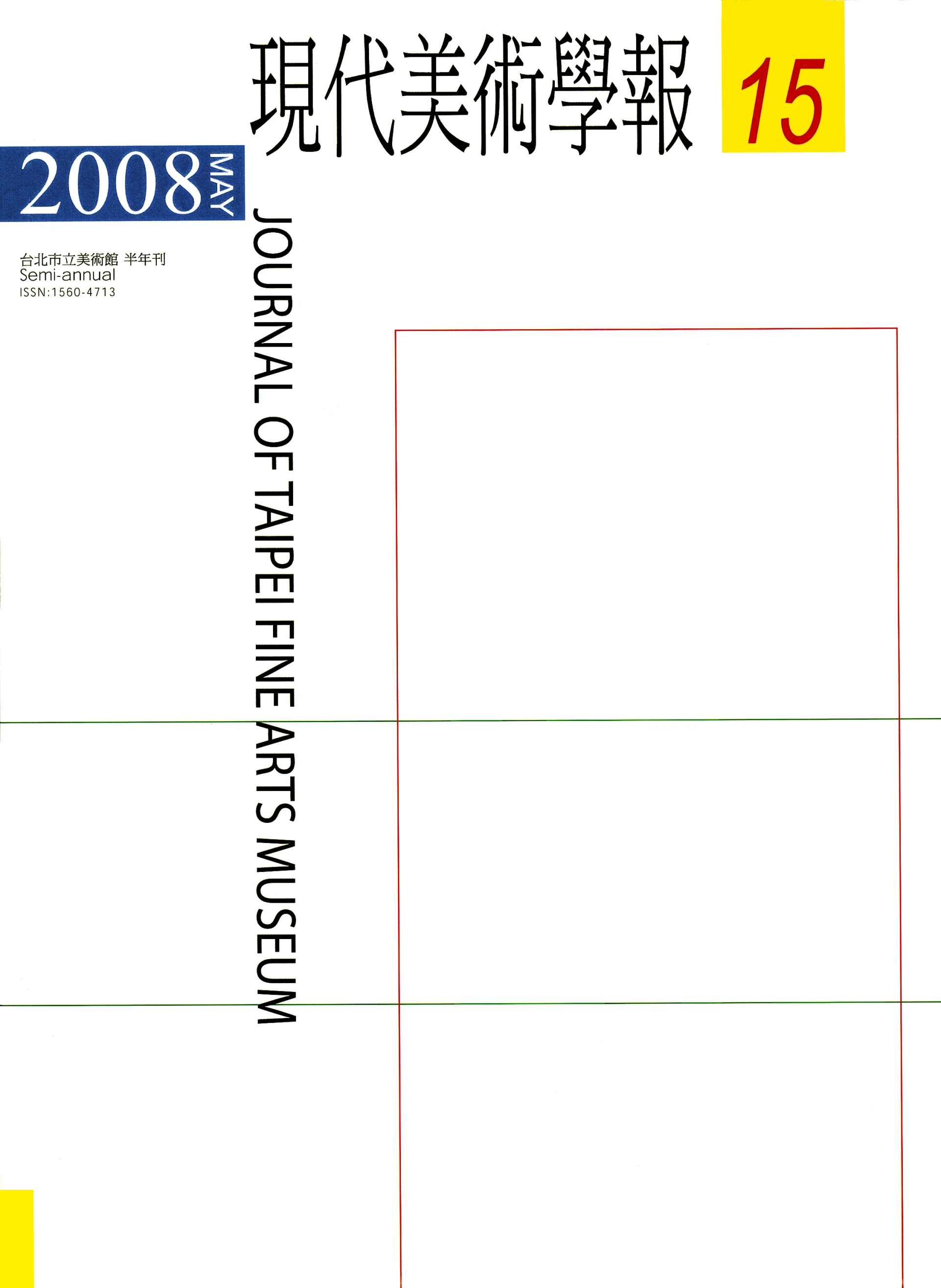摘要
本研究從繪畫在影像科技中的呈現為出發點,理解繪畫以光、像素、運算作為欣賞途徑的現象,並提出繪畫被影像科技所賦予之「衍生層」,書寫當今人類繪畫與影像介面不可逆的相互依存關係。此「衍生層」與德希達所提出的「附飾理論」相互對照,形成本研究的興趣範圍。本研究援引「透過設計的研究方法」,以新媒體技術組構出多種像素介面與繪畫風格轉移影像,探索繪畫衍生層所能引發的思考與論述。本研究結論:一、影像介面賦予繪畫的衍生層具有強烈的自主性,也挑戰著藝術界限的問題。二、在影像科技下的繪畫影像閱讀是互為文本的(intertextual),新媒體科技探索繪畫影像在更廣泛的影像文本中的蹤跡,也探索在不同的介面中能提呈的視覺屬性與閱讀經驗。三、繪畫影像的編碼化造成風格屬性的模組化,也將產生「風格的不可能性」問題。
關鍵詞
繪畫、衍生層、像素介面、風格轉移、附飾
Abstract
This research starts from the presentation of painting in visual technology. It understands the phenomenon that paintings are now appreciated through light, pixels and algorithms, and proposes the concept of "derivative layer" on paintings, which suggests the irreversible interdependences between paintings and visual interface today. This concept of derivative layer overlaps with the "parergon" theory proposed by Derrida, forms an interesting area of study. This research refers to a research-throughdesign methodology. It investigates the various states and discussions when painting is converted to pixel data through new media practice: multiple pixel-interfaces and style transfer images. This research concludes: First, the derivative layer of painting, in the visual interfaces, has a strong autonomous character. It also challenges the issue of the boundaries of Art. Second, the reading of painting images in visual technology is intertextual. That is, new media technology explores the traces of a specific painting image in a wider range of images. It also explores the visual attributes and experiences in different interfaces. Third, the transcoding of painting images also leads to the modularization of style attributes, which will also arise the issue of "impossibility of styles".
Keywords
painting, derivative layer, pixel-interface, style transfer, parergon






